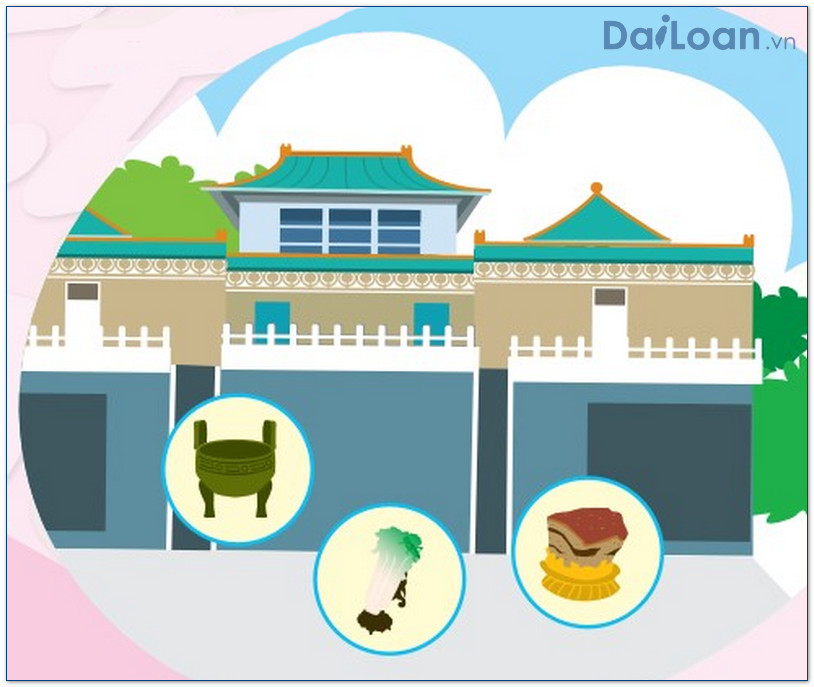The Chinese character 蠟 (là) is rich in meaning and usage. In this article, we will explore its significance, grammatical structure, and provide various example sentences to enhance your understanding and application of this term. Whether you are a beginner or an advanced learner of the Chinese language, this guide will offer valuable insights.
What is 蠟 (là)?
蠟 (là) primarily means “wax” in Chinese. It is often used in contexts involving candle making, art, and preservation due to the properties of wax. Understanding the cultural and practical applications of this term can deepen your grasp of Chinese vocabulary.
Expanded Definitions
- Candle Wax: 蠟 is commonly associated with the wax used to make candles.
- Artistic Medium:
 In art, artists may use 蠟 as a medium for various purposes including encaustic painting.
In art, artists may use 蠟 as a medium for various purposes including encaustic painting. - Preservation: Wax is also used for preservation, for instance, in the coating of fruit to prolong its shelf life.
Grammatical Structure of 蠟
The character 蠟 (là) functions as a noun in the Chinese language. When incorporated into sentences, it can serve various grammatical roles depending on context.
Parts of Speech
- Noun: 蠟 (là) as a noun is used to refer to ‘wax’ in general.
- Modifier: It can also function as an attributive modifier when paired with other nouns, like 蠟燭 (làzhú) meaning “candle”.
Sentence Construction
In Mandarin Chinese, the structure typically follows Subject-Verb-Object (SVO) order. Hence, when using 蠟, it can fit seamlessly into sentences as follows:
- Subject + Verb + 蠟 + Object
Example Sentences Using 蠟
Here are some illustrative sentences featuring 蠟 to demonstrate its usage in everyday language:
Basic Sentences
- 我买了一个蠟燭。 (Wǒ mǎi le yígè làzhú.) – “I bought a candle.”
- 他喜欢用蠟做雕塑。 (Tā xǐhuān yòng là zuò diāosù.) – “He likes to make sculptures with wax.”
Complex Sentences
- 如果你想制作蠟烛,你需要准备好蠟和香料。 (Rúguǒ nǐ xiǎng zhìzuò làzhú, nǐ xūyào zhǔnbèi hǎo là hé xiāngliào.) – “If you want to make candles, you need to prepare wax and essential oils.”
- 这种蠟非常适合做工艺品。 (Zhè zhǒng là fēicháng shìhé zuò gōngyìpǐn.) – “This type of wax is very suitable for making crafts.”
Conclusion
Understanding the meaning and grammatical structure of 蠟 (là) enriches your appreciation of the Chinese language. From its basic function as “wax” to its application in various contexts and sentence structures, 蠟 is an essential term for learners. By practicing with the provided sentences, you can enhance your fluency and confidence when using this character in conversation.
With over 20 years of experience in teaching and analyzing the intricacies of the Chinese language, I encourage you to continue exploring more characters and their meanings to further broaden your linguistic horizons.

Sứ mệnh của Chuyên là giúp đỡ và truyền cảm hứng cho các bạn trẻ Việt Nam sang Đài Loan học tập, sinh sống và làm việc. Là cầu nối để lan tỏa giá trị tinh hoa nguồn nhân lực Việt Nam đến với Đài Loan và trên toàn cầu.
CÓ THỂ BẠN QUAN TÂM
Du học Đài Loan
Lao Động Đài Loan
Việc Làm Đài Loan
Đơn Hàng Đài Loan
Visa Đài Loan
Du Lịch Đài Loan
Tiếng Đài Loan
KẾT NỐI VỚI CHUYÊN
Zalo: https://zalo.me/0936126566
Website: www.dailoan.vn




